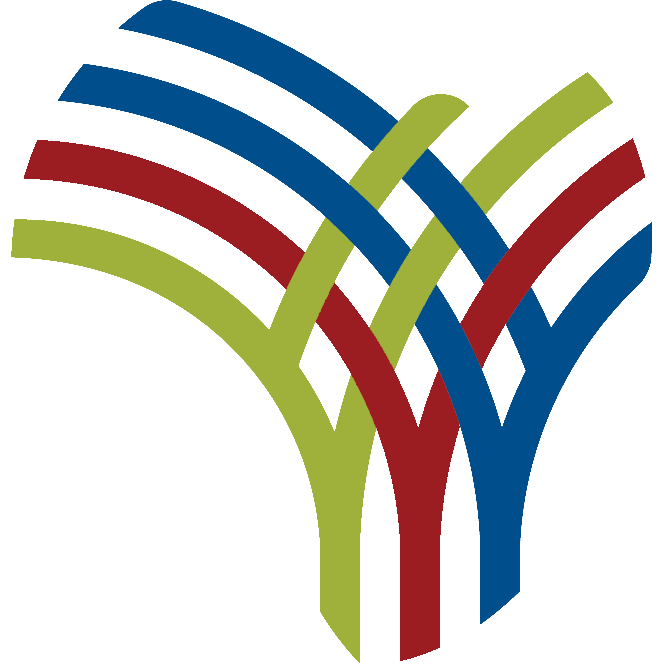A remote controlled robotic irrigation system could soon be scaled up to help Rwandan farmers better cope with the effects of dry spells on their crops, according to Pierre Claver Ntigurirwa, an electronic engineer with Smart Hub Rwanda.
The system, which enables farmers to irrigate their fields using a mobile phone or computer, was recently recognised as the second runner-up in the mechanisation innovation category at the 18th National Agriculture Show held at the Mulindi/Gasabo Showground.
Remote robotic irrigation is an advanced method of watering crops using automated systems that combine robotics, sensors, and communication technologies. The technology delivers precise amounts of water to crops and can be operated from anywhere, eliminating the need for physical presence in the fields.
ALSO READ: Will new solar powered irrigation scheme end farmers’ woes?
“The robot connects to a water reservoir and is linked to a mobile application. You can schedule irrigation on specific days and times, both in the morning and afternoon. It also has a rain detection feature that stops irrigation when it rains. The app automatically detects dry spells,” Ntigurirwa explained.
The system incorporates several types of sensors:
- Soil moisture sensors measure water levels in the soil.
- Weather sensors track rainfall, temperature, humidity, and wind.
- Crop sensors monitor the water needs of specific crops.
These sensors send real-time data to a central software platform accessed via computer or mobile device. The system then uses algorithms or AI to determine when, where, and how much to irrigate. Farmers or technicians can monitor and control it remotely.
For example, a farmer using the app may be alerted that Zone B is dry. With a few taps, they can command the robotic unit to navigate to that zone and irrigate it precisely.
ALSO READ: Rwf111bn irrigation boost targets drought-hit Kirehe District
Ntigurirwa said a greenhouse in Kibagabaga is being used to pilot the system before it is rolled out on a larger scale.
In addition, he has developed another machine equipped with sensors to measure soil temperature, humidity, and fertiliser requirements–providing farmers with a comprehensive toolkit for modern farming.
Olive Mutimanama, a farmer from Rulindo District, welcomed the innovation. Her 245-member cooperative has already implemented a solar-powered dam sheet irrigation system.
“Having a remote irrigation system would be a major boost. Women, in particular, juggle many responsibilities. This system allows me to irrigate even when I’m at the market, attending a training, or far from the farm,” she said.
According to the Ministry of Agriculture, the area under irrigation grew to 71,585 hectares by 2023, with the percentage of farmers using irrigation doubling from 5% to 10%.
Under the Fifth Strategic Plan for Agriculture Transformation (PSTA 5) for 2024-2029, Rwanda aims to irrigate all 600,000 hectares of irrigable land by 2050. In the medium term, the plan targets increasing irrigated land to 132,171 hectares and rehabilitating 14,000 hectares.
At least 30% of small-scale irrigation technologies will benefit women-headed households.
Rwanda has also outlined five major investment opportunities in agriculture worth $785 million. These align with the country’s transformation goals–focusing on boosting productivity, expanding irrigation, creating jobs, and building resilient and sustainable food systems.
(Except for the headline, this story has not been edited by PostX News and is published from a syndicated feed.)


